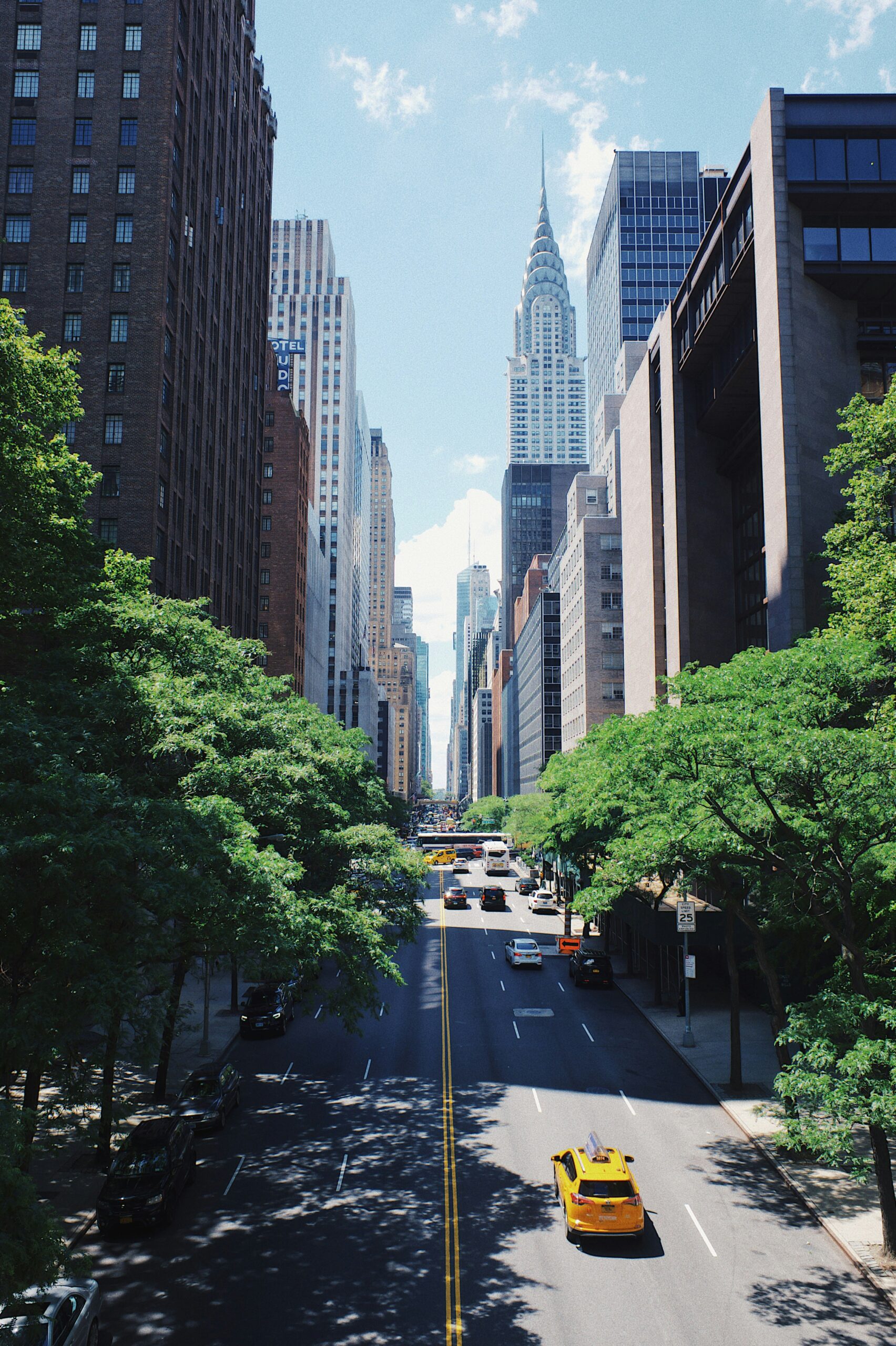Greening the City: The Important Role of Plants in Creating a Healthy Environment
Introduction
As cities continue to grow and expand, it is becoming increasingly important to prioritize the integration of nature and green spaces into urban environments. The presence of plants and greenery not only adds aesthetic value to a city but also plays a crucial role in creating a healthy and sustainable environment. In this blog post, we will explore the importance of greening the city and the significant role that plants play in achieving this goal.
Improving Air Quality
One of the primary benefits of incorporating plants into urban areas is their ability to improve air quality. Plants absorb carbon dioxide and release oxygen through the process of photosynthesis. By increasing the number of plants in a city, we can effectively reduce the levels of harmful pollutants in the air, such as nitrogen dioxide and particulate matter.
Furthermore, plants act as natural filters, trapping dust and absorbing pollutants from the atmosphere. This helps to mitigate the negative effects of air pollution on human health, reducing the risk of respiratory diseases and improving overall well-being.
Reducing Urban Heat Island Effect
The phenomenon known as the urban heat island effect occurs when cities experience significantly higher temperatures compared to surrounding rural areas. This is primarily due to the abundance of concrete, asphalt, and other heat-absorbing materials in urban environments.
By introducing plants and green spaces, we can help combat the urban heat island effect. Trees, in particular, provide shade and evaporative cooling, reducing surface and air temperatures. This not only creates a more comfortable living environment for city dwellers but also reduces the energy consumption required for cooling buildings, leading to lower greenhouse gas emissions.
Promoting Biodiversity
Urbanization often results in the loss of natural habitats for many plant and animal species. However, by integrating plants into the cityscape, we can create pockets of biodiversity and provide refuge for various organisms.
Green spaces, such as parks and gardens, act as havens for insects, birds, and other wildlife. They offer food, shelter, and breeding grounds, contributing to the preservation of biodiversity in urban areas. By promoting biodiversity, we can create a more resilient and balanced ecosystem within the city.
Enhancing Mental and Physical Well-being
The presence of plants in urban environments has been shown to have a positive impact on mental and physical well-being. Numerous studies have demonstrated that exposure to nature and green spaces can reduce stress, anxiety, and symptoms of depression.
Green spaces also encourage physical activity, providing opportunities for walking, jogging, and other recreational activities. This promotes a healthier lifestyle and helps combat sedentary behavior, which is a contributing factor to many chronic diseases.
Conclusion
Greening the city and incorporating plants into urban environments is not just about aesthetics; it is a vital step towards creating a healthy and sustainable future. From improving air quality and reducing the urban heat island effect to promoting biodiversity and enhancing well-being, plants play a crucial role in shaping our cities into vibrant and livable spaces.
By recognizing the importance of plants and prioritizing their integration into urban planning, we can create a more harmonious relationship between nature and the built environment. Let us strive to build greener cities that prioritize the well-being of both humans and the natural world.
